|
The Imperial seal attached to a letter [which I have yet to translate] to the Abbess at Brussels from the Empress.
0 Comments
The beautiful Paston family memorial in the church of St Andrew and St Peter in Blofield, Norfolk.
Edward Paston owned a famous collection of 16th-century house music that included works by William Byrd, Thomas Tallis, John Taverner, and Orlando di Lasso. Two of his daughters, included in the memorial, were nuns at the Monastery of the Blessed Assumption, Brussels. There are two entries in the diaries of St Mary's Abbey, East Bergholt, which relate to vestments which were made and embroidered by the Benedictine Nuns there. The entries read:
A full set of white vestments were being embroidering for St Francis Xavier’s in Liverpool. [1918] Father Shaw, during his visit, ‘saw what was done; was more than satisfied & told us we had given him a glorious afternoon.’ This set consisted of Chasuble; two dalmatics; two stoles; three maniples and bourse, and a chalice veil. In 1920 the ‘truly magnificent’ cope for the ‘High Mass set’ was completed and paid for. It was ‘much appreciated & praised.’ I contacted St Francis Xaviers and they very kindly sent me these images of the vestments. The needlework is amazingly beautiful! This beautifully drawn pen and ink sketch depicts the buildings of St Mary’s Abbey, East Bergholt The Benedictine Community of the Glorious Assumption of Our Blessed Virgin Mary was exiled from Brussels in 1794 due to the pressures of the French Revolution. The nuns crossed the English Channel and settled in Winchester the same year, where they remained until they transferred to East Bergholt in 1857. This sketch was drawn by Countess Anna Waldstein when a Postulant at the abbey.
When Maria Bell was received into the Monastery on 2nd July, 1711, she brought with her to the Monastery the ‘precious relic’ of the last letter, by Fr Francis Bell, a relative, giving an account of his arrest. This is a photocopy taken by the nuns some years ago - the original is rather fragile.
He was born on 13th August, 1590 in Temple Broughton, Worcester. He completed his schooling at the Jesuit college in St Omer, after which he entered the English College in Valladolid, where he was ordained a priest aged about twenty-eight, and about a year later took vows as a Franciscan. He was then sent to the newly established English Convent in Douay in order to continue his studies. Over the next ten years he was Confessor to the Poor Clares of Gravelines near the Belgian border, then to the third order Franciscan nuns in Brussels, and Superior of the Douay Convent, while also becoming a professor of Hebrew. He arrived home in England to serve the English Mission on 8th September, 1634 and working here for nine years, making many converts. He was arrested on 6th November, 1643 at Stevenage, initially on suspicion of being a spy; but upon being searched, hand written copies of the Office of the Blessed Sacrament and a formula for blessing the cord worn by members of the Confraternity of St Francis were found in his possession – evidence that he was a Catholic priest. Three witnesses testified against him, all apostate Catholics, one of whom had abandoned religious vows. After a short deliberation the jury pronounced him guilty, and the death sentence pronounced, at which Fr Francis joyfully intoned the Te Deum and heartily thanked the court. During the next three days he remained in prison where he was visited by many Catholics, and where he wrote his account. On 11th December 1643, Fr Francis was hanged for the space of one Miserere, cut down alive, dismembered, disembowelled and quartered. In stripping him, he was found to be wearing his Franciscan habit under his secular coat. He was aged 53, in the 25th year of his religious profession and his ninth in the English mission. After six months away from the Archive. I am really pleased to be back and getting on with the project. I'd like to thank Patricia Baker who, throughout these months, has been transcribing and cataloguing some really interesting documents.
Now I'm back, I'll be posting on a regular basis. 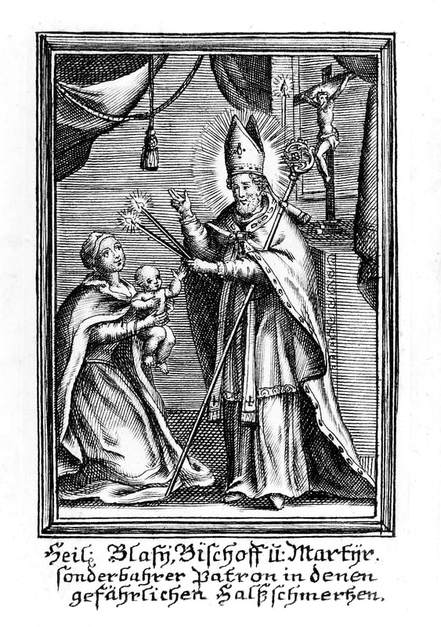 This was once an important rural festival, especially among women, who were accustomed to run into one another's houses with lighted brands, which they flung on the hearth, exclaiming: ‘St. Blaise for a blaze!’ This fifth-century saint was a Bishop of Dalmatia, and became the patron of Ragusa, the capital of that province. He was believed to cure sore throats, because his own throat was cut with a sword. In Cornwall (where he is said to have landed, and where a little village — St. Blazey — is named after him) he is also invoked against the toothache. He also heals diseases of cattle, and has power over wild animals. An ancient custom in connection with this saint was observed on his feast day by the Benedictines of the Glorious Assumption of the Blessed Virgin Mary. It was described in 1915; 'This custom of the solemn blessing of St. Blaise's water at this monastery (according to the rite given in the Bollandists) is now over 200 years old, having been begun in 1673 when the Princess de Ligne gave the relic of the saint to the community then at Brussels. The water thus blessed is sent to all parts, and is taken as a cure for all diseases connected with the throat, many cures testifying to its efficacy. The water is sent to all who apply, who make a small offering for porterage. The fact that the blessed water can be kept for any length of time and can be used whenever needed makes it more convenient than the blessing with candles.' As St. Blaise was said to have been martyred by having his flesh torn with iron combs, he has become the patron saint of wool-combers! St. Blaise's Day was kept by women as a holiday, and that under some penalty for breaking the rule. If any woman was found by her neighbours spinning on that day, their privilege was to break the distaff, and, in punning allusion to the saint's name, ‘make a Blaze of it!’ I've been madly writing over the Christmas break and think I now have an article ready on 'rescued' and 'escaped' nuns. Just need a publisher now. Downside Review or Catholic History? Any other suggestions?
Thomas Percy, 7th Earl of Northumberland, martyr, was born in 1528 and died at York, 22nd August, 1572. He was the eldest son of Sir Thomas Percy, brother of the childless Henry Percy, sixth Earl of Northumberland, and Eleanor, daughter of Sir Guiscard Harbottal.
When he was eight years old his father was executed at Tyburn (2nd June, 1537) for having taken a leading part in the Pilgrimage of Grace. Thomas and his brother Henry were then removed from their mother's keeping and entrusted to that of Sir Thomas Tempest. In 1549, when Thomas Percy came of age, an Act was passed ‘for the restitution in blood of Mr. Thomas Percy’. Shortly afterwards, he was knighted, and, three years later, in Queen Mary's reign, he regained his ancestral honours and lands. Declared governor of Prudhoe Castle, he besieged and took Scarborough Castle, which had been seized by rebels in 1557. In reward, the Earldom of Northumberland together with the Baronies of Percy, Poynings, Lucy, Bryan, and Fitzpane, were restored to him. He was installed at Whitehall with great pomp, and soon after was named Warden General of the Marches, in which capacity he fought and defeated the Scots. In 1558 he married Anne Somerset, daughter of the Earl of Worcester, who subsequently suffered much for the Faith. On Elizabeth's accession the Earl, whose steadfast loyalty to the Catholic faith was known, was kept in the North while the anti-Catholic measures of Elizabeth's first Parliament were passed. Elizabeth continued to show him favour, and in 1563 gave him the Order of the Garter. He had then resigned the wardenship and was living in the South. But the systematic persecution of the Catholics rendered their position most difficult, and in the autumn of 1569 the Catholic gentry in the North, stirred up by rumours of the approaching excommunication of Elizabeth, were planning to liberate Mary, Queen of Scots, and obtaining liberty of worship. Thomas, with the Earl of Westmoreland, wrote to the Pope asking for advice, but before their letter reached Rome, circumstances hurried them into action against their better judgment. After a brief success the rising failed, and Thomas fled to Scotland, where he was captured and, after three years, sold to the English Government. He was conducted to York and beheaded, refusing to save his life by abandoning his religion. He was beatified by Leo XIII on 13th May, 1895, and his festival was appointed to be observed in the Dioceses of Hexham and Newcastle on 14th November. His daughter, Lady Mary, founded the English Benedictine Monastery at Brussels from which nearly all the existing houses of Benedictine nuns in England are descended. |

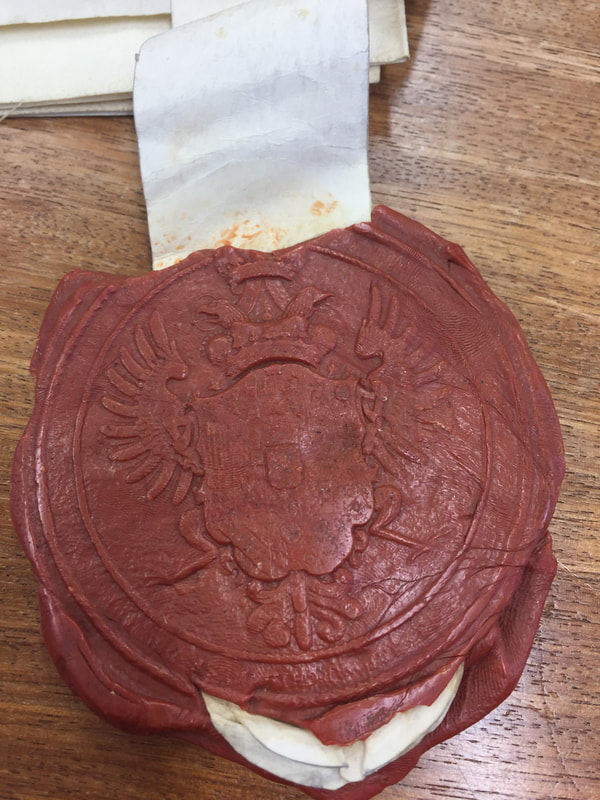

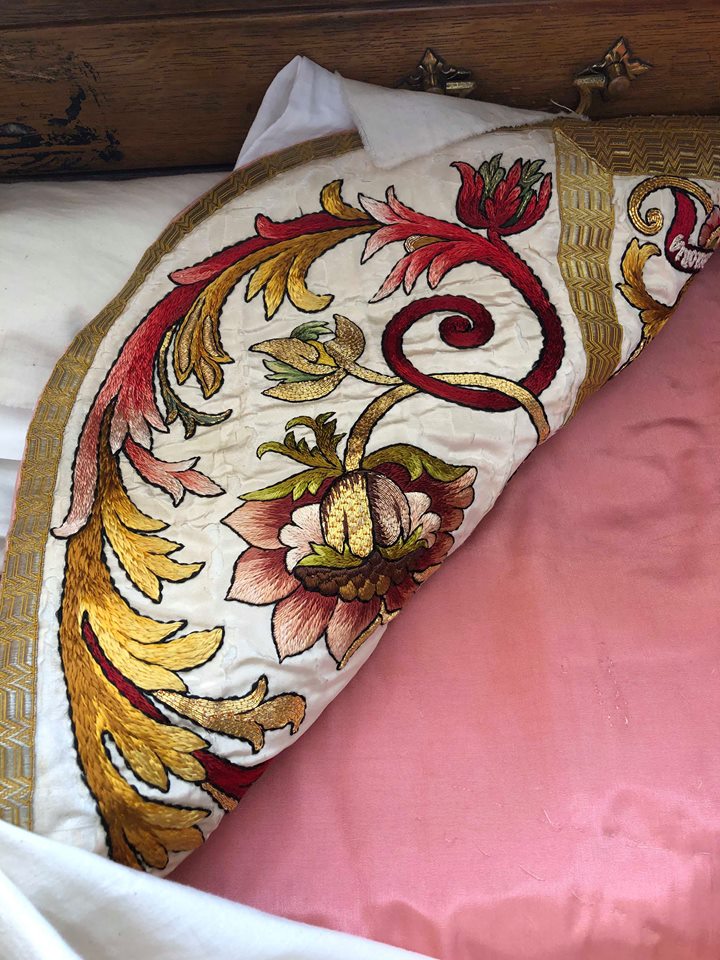


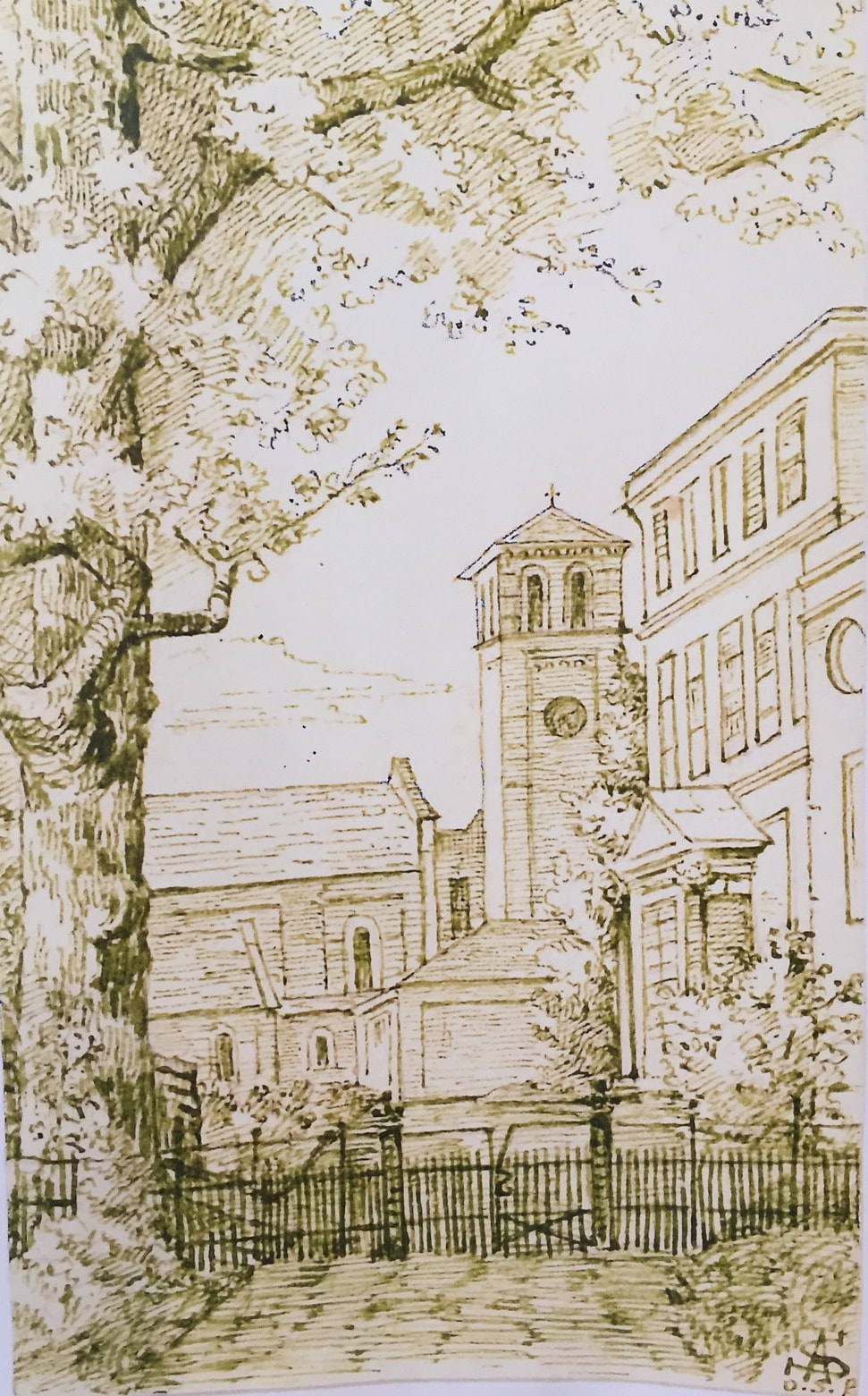
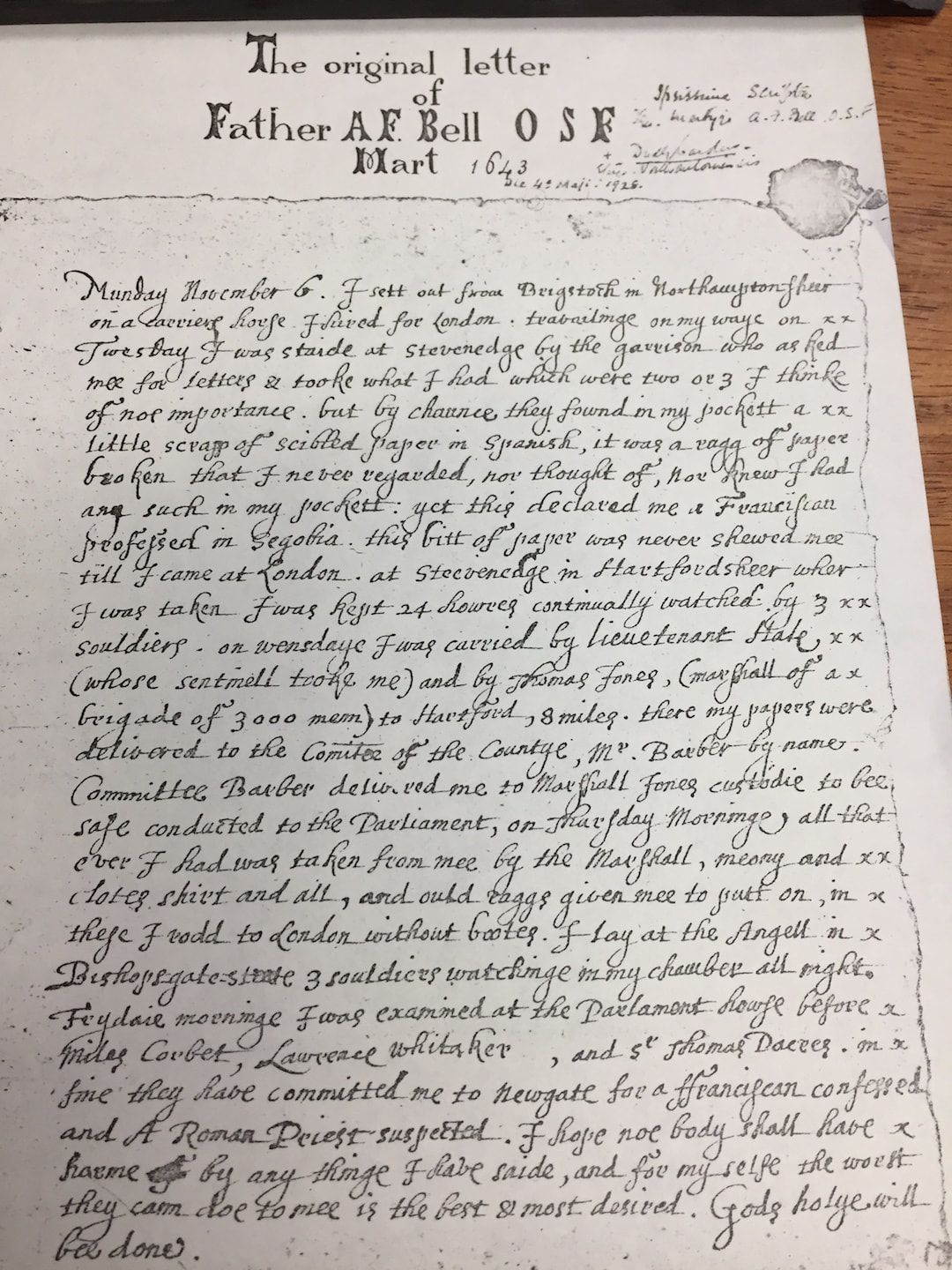


 RSS Feed
RSS Feed